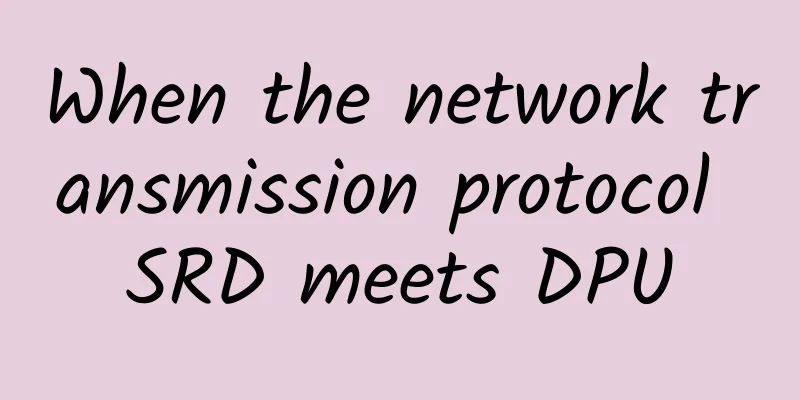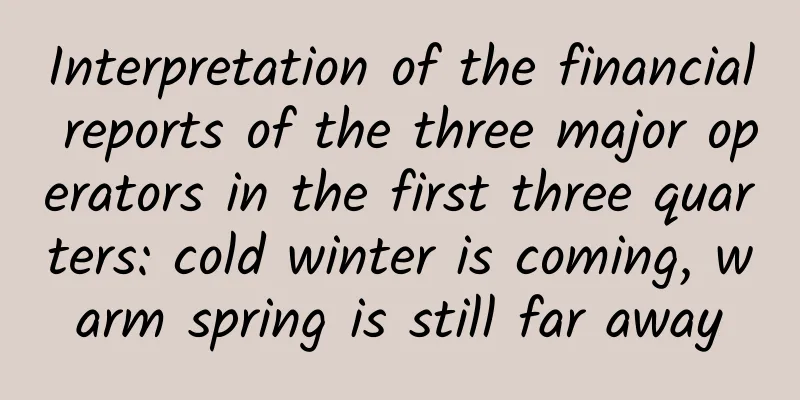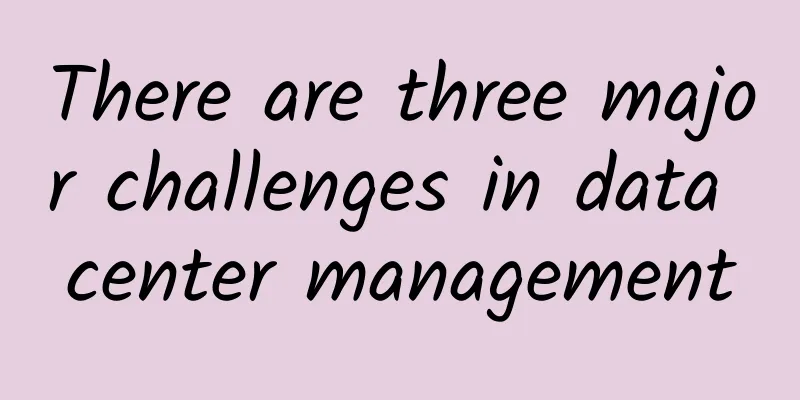Byte side: Can TCP and UDP use the same port number?

|
Hello, everyone, I am amazing. Today I saw an interview question from ByteDance on Zhihu. I thought it was quite interesting, so I shared it with you. picture Before answering this question, we can first understand what TCP and UDP are. 1. TCP protocolTCP (Transmission Control Protocol) is a connection-oriented, reliable, byte-stream-based transport layer communication protocol. It is one of the most commonly used protocols in the Internet protocol suite. Its main features include:
picture 2. UDP protocolUDP (User Datagram Protocol) is a simple connectionless transport layer protocol. Compared with TCP, UDP has different characteristics:
picture 3. Port numberNow that we understand TCP and UDP, let's take a look at what port numbers are.
Some people may ask, why do computers have the concept of port numbers? We know that in a network environment, a computer often runs multiple network applications at the same time. For example, a person may be using a web browser, an email client, and an online chat software at the same time. In order to be able to distinguish and manage network traffic from different applications, there needs to be a mechanism to identify these different communication flows, that is, to distinguish multiple tasks through port numbers. A port number is a numerical label that works with an IP address to form a network address that identifies a specific process or network service on a computer network. In short, if an IP address can be thought of as the "address of a house," then a port number is like the "specific room number in a house." 4. Can TCP and UDP use the same port number?The answer is yes. For TCP and UDP, although they share the same port number space as transport layer protocols, their ports are managed independently. This means that TCP and UDP can use the same port number without conflicting with each other. For example, TCP port 80 is usually used for HTTP service, while UDP port 80 can be used by another service without interfering with each other. The reason is that both TCP and UDP datagram formats contain port information, but since TCP and UDP are two completely different protocols, network devices and operating systems will correctly process and route data based on the protocol type (TCP or UDP) and port number. In fact, in the operating system, TCP and UDP ports are maintained and managed separately, so they can use the same port number independently. There is an obvious use case where some applications might use the same port for both TCP and UDP. For example, DNS often uses both TCP and UDP on port 53. UDP is used for common queries, while TCP is used for larger or more complex queries such as zone transfers. Therefore, TCP and UDP can use the same port number because they are based on different protocols, which are distinguished and processed by the operating system and network devices according to the protocol type and port number. This design makes network communication more flexible and allows different network applications and services to effectively share network resources. |
<<: Wi-Fi 7 Revealed: The Future of Wireless Connectivity Is Here
Recommend
Wireless charging has three constraints on market demand
Wireless charging technology has been around for ...
DediPath: Memorial Day promotion 1Gbps unlimited traffic server from $31.95/month, VPS hosting from $1.75/month
DediPath has launched a Memorial Day promotion, o...
Western European countries top global broadband speed rankings
[[423948]] Western Europe dominates the global in...
OneTechCloud: Hong Kong CN2 quarterly payment 20% off 64 yuan/quarter, Hong Kong BGP monthly payment 30% off 46 yuan/month, US CN2 GIA monthly payment 10% off
OneTechCloud is a Chinese hosting company founded...
5G Smart Solutions: What You Should Know About Smart Cities
A smart city is a place where traditional network...
Picture | Someone finally explains 5G clearly...
The lives of our generation are changing so fast....
Kubernetes uses OkHttp client for network load balancing
During an internal Java service audit, we discove...
In addition to speed, what are the key technologies of 5G?
[[285321]] 5G is not just about faster internet s...
Sharktech Spring Promotion: 10Gbps unlimited data/Dual Gold 6148/256GB/2*2T NVMe/starting from $329/month
The old merchant Sharktech has just launched a sp...
5G connectivity enables smart substations
[[423089]] Smart substations will be installed be...
Edge computing has great potential if we play the game of alliance ecology well
To be honest, when I first heard the words "...
Don't just look at the wireless router antenna. WiFi signal is only related to this parameter.
When buying a wireless router, should you buy one...
China Mobile proposes five measures to meet the challenges of 5G for cultural and media services
Recently, at the 5G and Smart Winter Olympics For...
Principles of nine cross-domain implementation methods (full version)
[Original article from 51CTO.com] Cross-domain re...
Zhongguancun Frontier Technology Innovation Competition and Entrepreneurship Week grandly opened
[51CTO.com Beijing report] In order to implement ...



![[Black Friday] TMThosting: VPS monthly payment up to 55% off, dedicated server 10% off, Seattle data center, Alipay support](/upload/images/67cac229924c0.webp)





